The basic knives you might need and should own:
In the market you can find many different kinds, brands and sizes.
Many of the knives are very specialized for the purpose they have. There are knives to shuck oysters, filet knives, skinning knives, ham slicing knives and the list goes on of shapes and types you will probably never need. There are straight knives, curved knives, serrated knives and different type of handles.
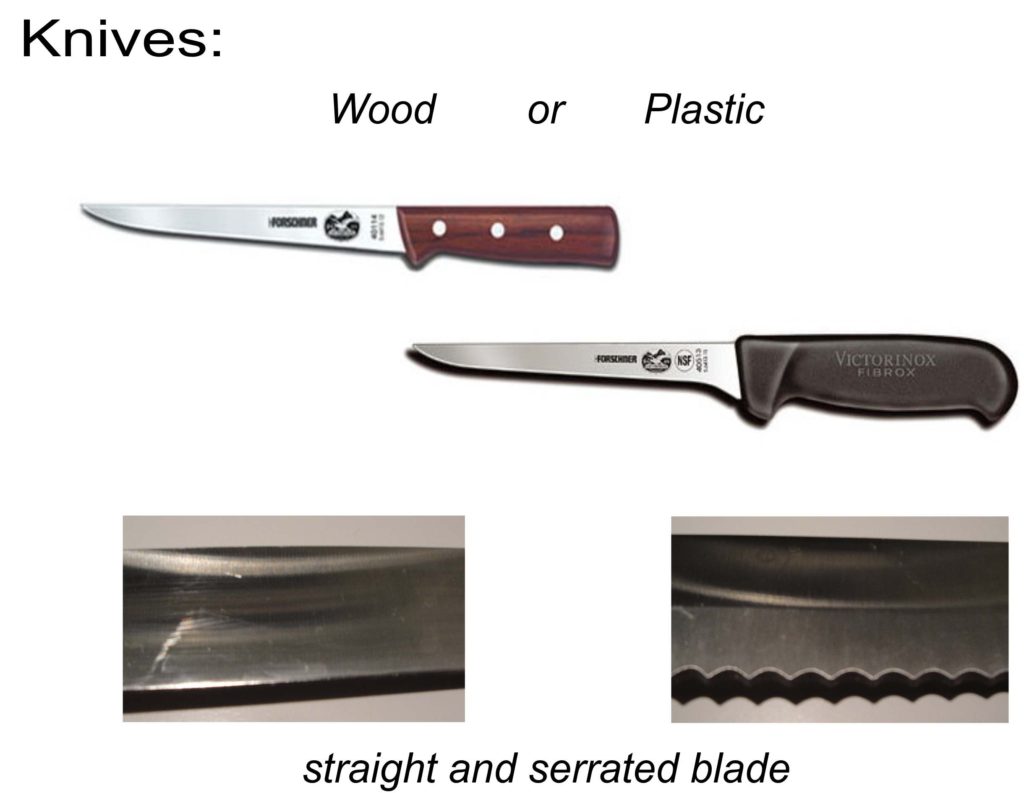
First about the handle of your knives:
Plastic handles are nowadays the industry norm. They are formed to fit your hand and are easily kept sanitary, they are also the lowest priced of the lot.
Wood handles are a very big segment of the available knives, starting from regular woods to fancy exotic woods from around the world.
The Blade:
The time of the old carbon steel is kind of gone and they are hard to find as the set back for them is rust, even if they are far more superior in keeping an edge as they are harder. So now most commercial knives are made from stainless steel, which is ice hardened to keep the edge.
Other knives today are made from ceramics, which is harder than stainless, thus keeping the edge better, but as they are more porous they are quicker to break.
To pick your knives go to the store and feel the handle to see what you are comfortable with, many of my acquaintances and friends in the business swear by plastic handles, while for me a wood handle feels more pleasant in my hand.
The amount of usage should determine how much you want to spend on your knives, another factor is if they are kept in a drawer or shown off in a knife block on top of your counter.
Ours hide in a drawer until I use them, so we invested in the knives, which are used by meat cutters all around the world, going by the assumption, that the average meat cutter will probably use their knives more than any other professional food handler, including chefs.
So what’s good enough for the meat cutters is good enough for us.
Serrated versus a straight blade:
A serrated blade has indentations in the blade, as the main culprit of dulling knives is not actually cutting the meat, but coming in contact with anything hard, be it bones or the cutting board.
Serrated knives will not touch the cutting board with the sharp serrated edge but only with the little extensions of the blade, this keeps the blade sharp longer.
The draw back is that a serrated blade once it gets dull is very hard if not impossible to sharpen.
It is true, that some of the more expensive knives use a steel which is somewhat harder and it is up to you to decide if this is worth the extra money.
In my opinion you should get 4 knives for all your basic kitchen needs
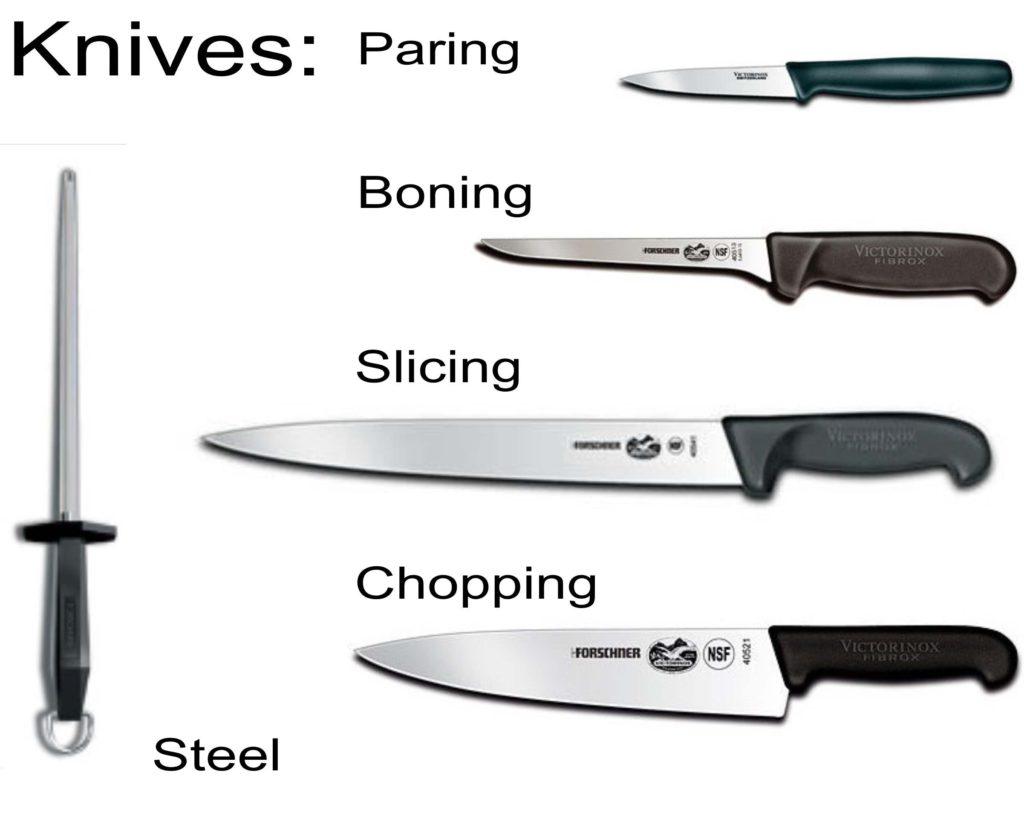
The paring knife:
Plastic handle to be dishwasher safe, serrated or not is your decision, to do your basic vegetable cleaning and cutting including onions, garlic and so on.
A boning knife:
The handle of your choice with a 5 inch blade, I prefer a straight, flexible blade.
Five inch blade is long enough to do most of the jobs you have to do and you do not have to push that extra inch, if you do a lot of cutting you will know what we mean with that (more expenditure of power and labor). Flexible as it will bend to the purpose we need it for, the set back is, that flexible blades are usually a little bit softer and have to be put on the steel more often to be kept sharp.
A slicing knife:
Again the handle of your choice and a 10 inch blade. Use it to slice larger pieces of uncooked and cooked meat. Gives you a nice even cut if it is kept sharp and handled right. Can also be used to cut watermelons and other larger fruits and vegetables.
A chopping knife:
8 inch blade is all you need to chop all your vegetables, onions, carrots and also ham and lunch meats for omelets or salads. The wider blade keeps your knuckles from hitting the table while chopping. Here I prefer a Granton or Hollow Edge Knife.

Granton or Hollow Edge Blade
The other item to make this complete is called a steel:
A Steel is a round metal or ceramic rod with a handle and is used to keep your knife sharp.
“Putting a dull knife on a steel” is a waste of time. A steel will make a sharp knife sharper. Sharpen your knives on an oil-stone and then put it on a steel, it is like the old fashioned barber putting their straight razor on a leather strap. If you watch some old movies you will know what we are talking about.
As dishwater safe knives with plastic handles are the easiest to clean. It is my opinion, that the high heat of a dishwater will actually over time soften the metal somewhat, making the knife dull quicker.
On this subject others will argue, that this does not make a difference!
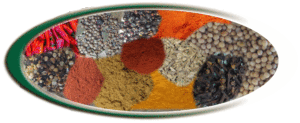 Ingredients:
Ingredients:

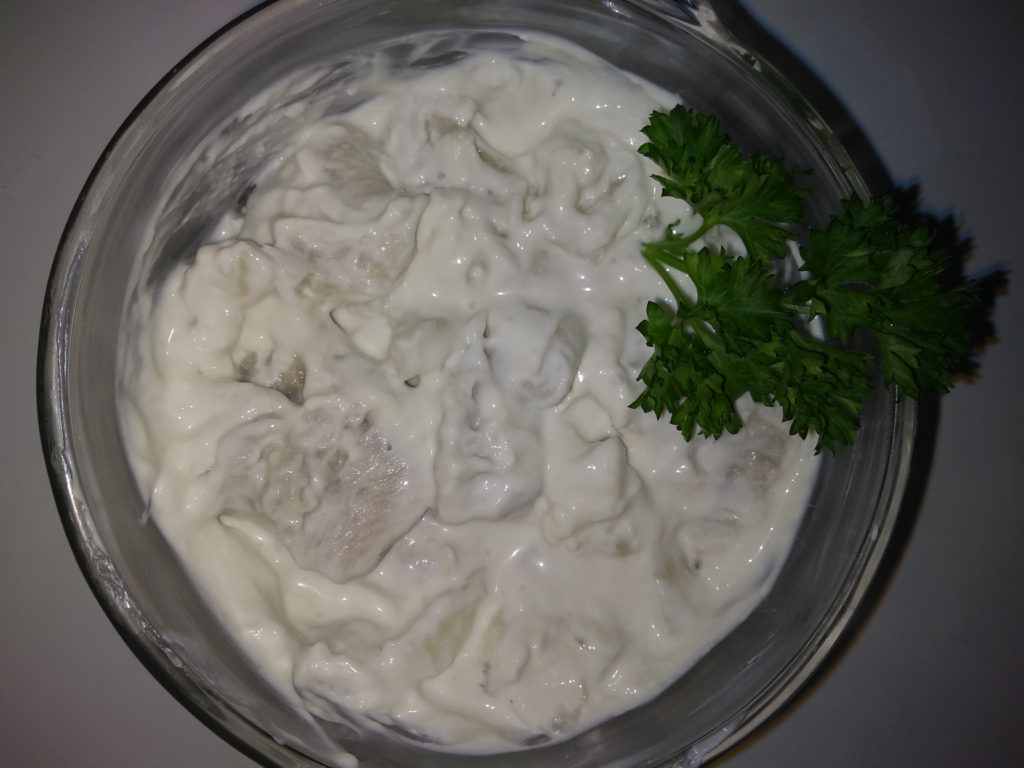
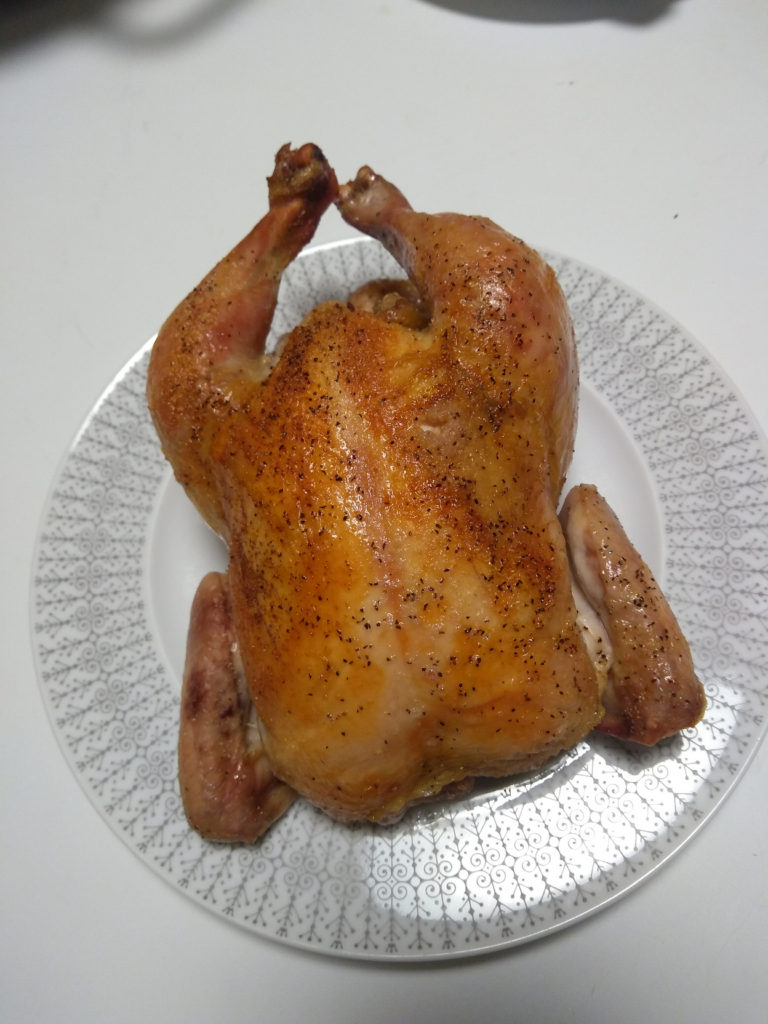
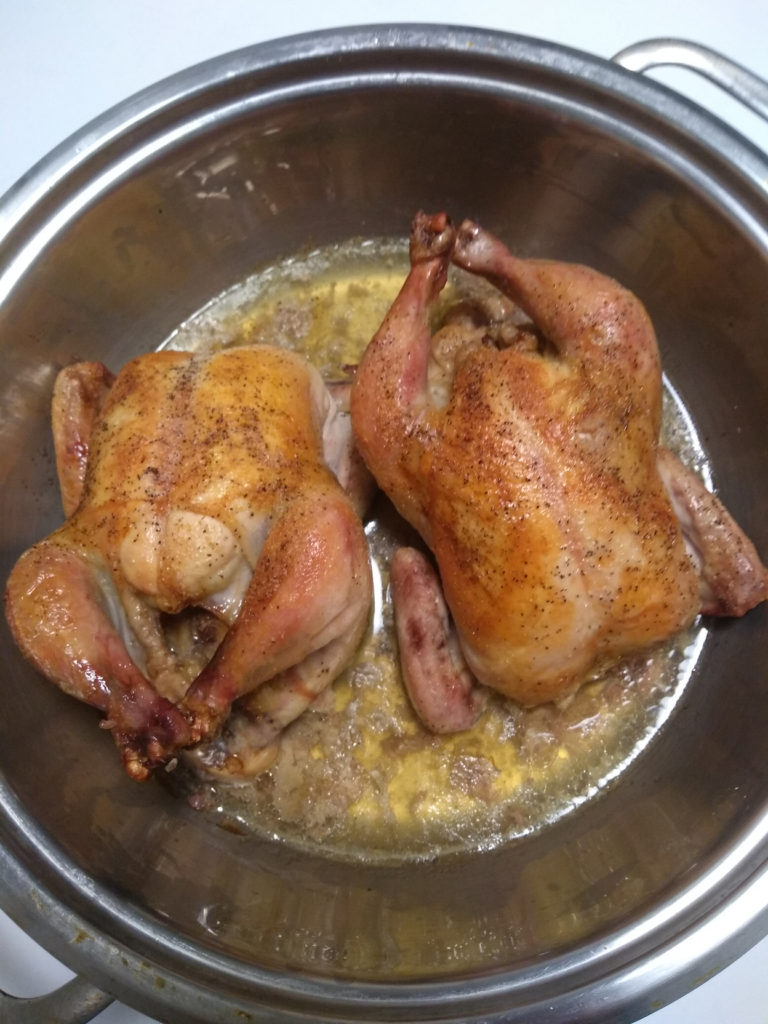



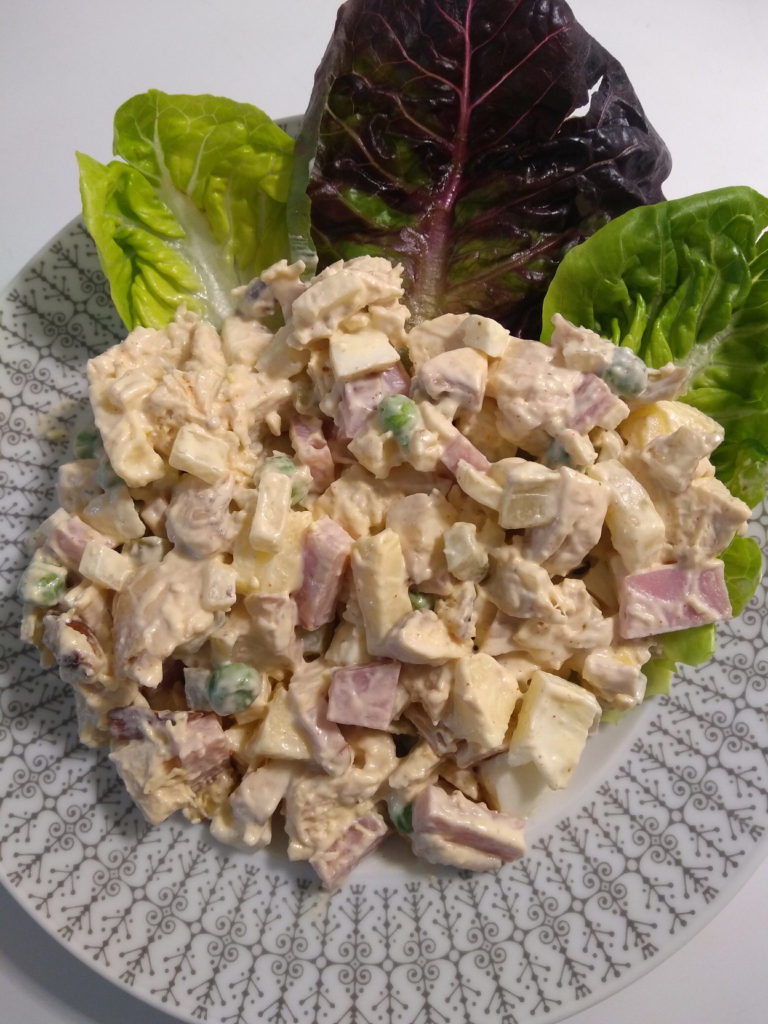
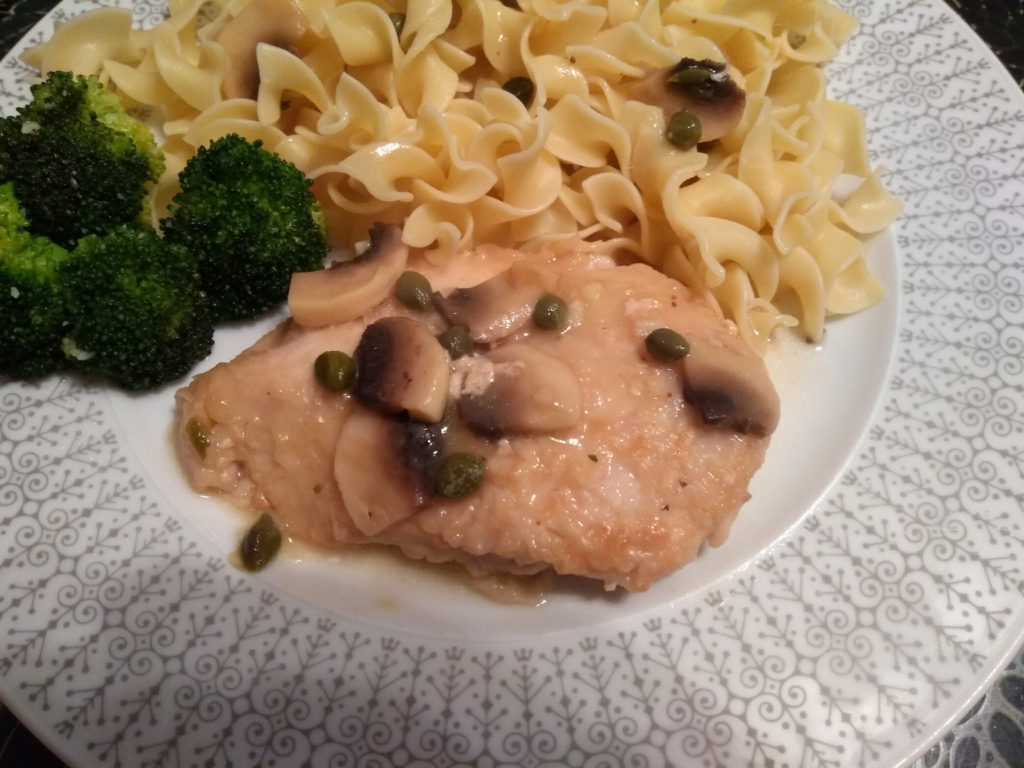

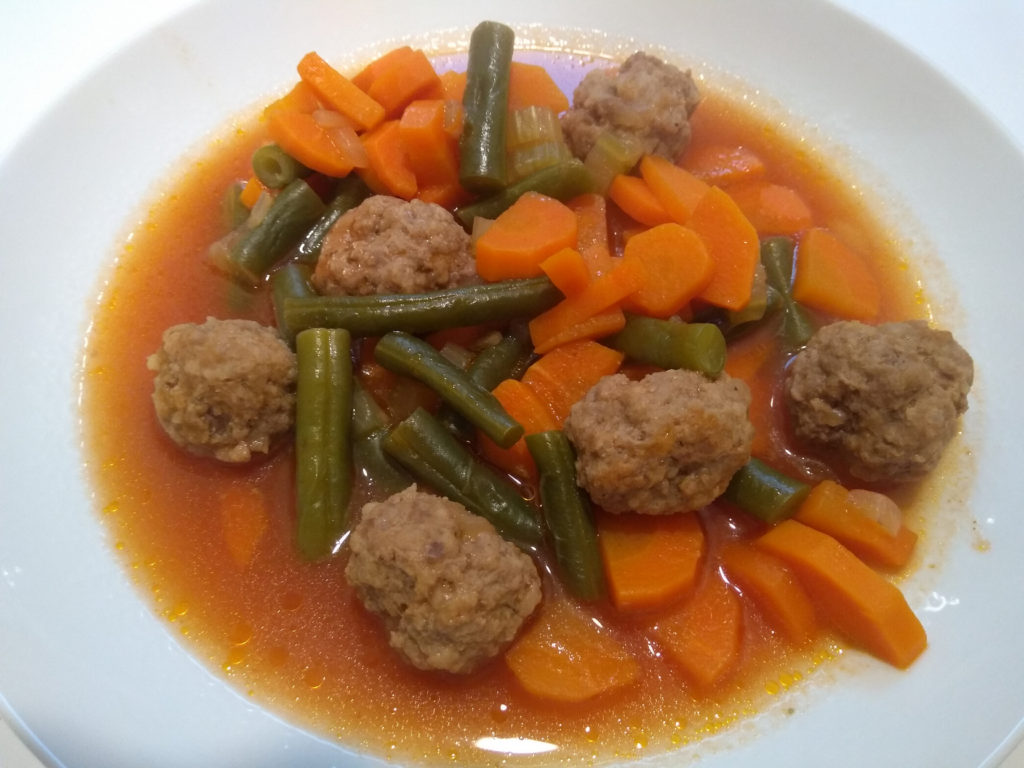 Ingredients:
Ingredients: